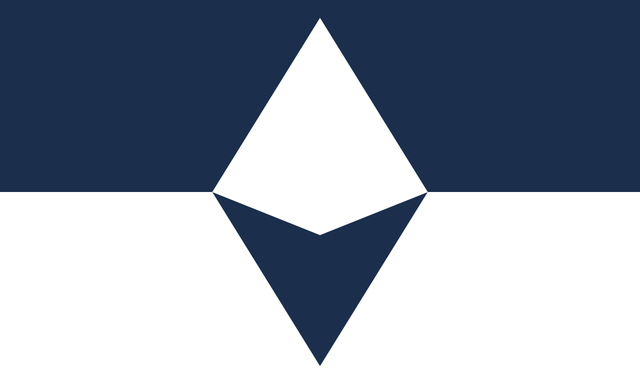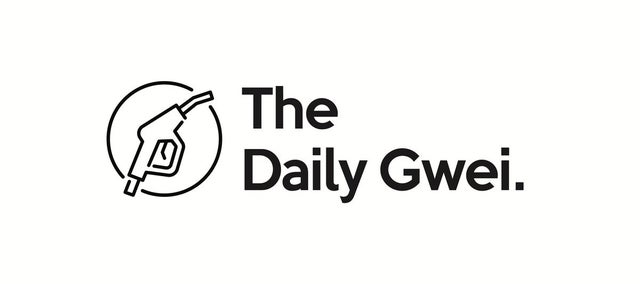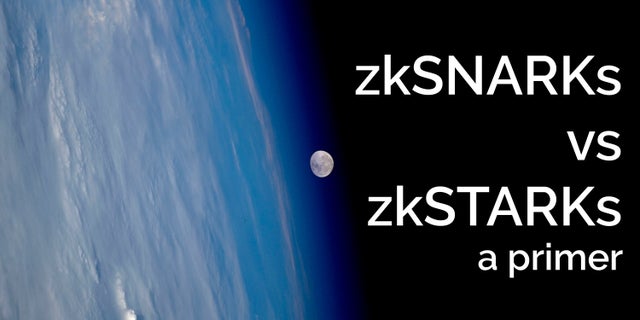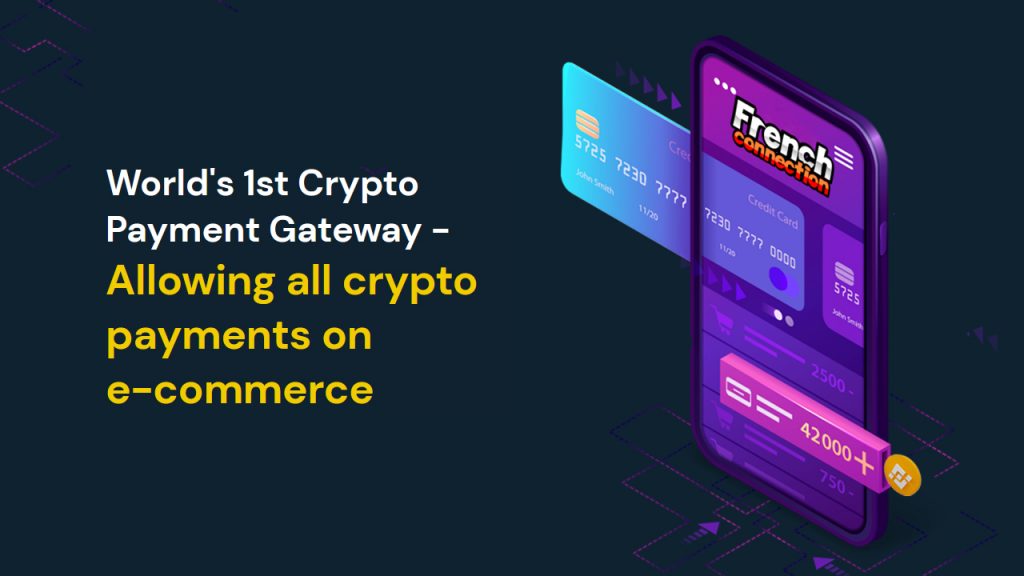Sending direclty to the Polygon Network on MetaMask
Hello. Bit of a crypto noob here. How do I send MATIC directly to my metamask wallet (to the Polygon Network) w/o having to use the polygon bridge because that shit is expensive. Can someone help me out? For example if I'm trying to send MATIC tokens from my Coinbase account to MM to have…
Read more





